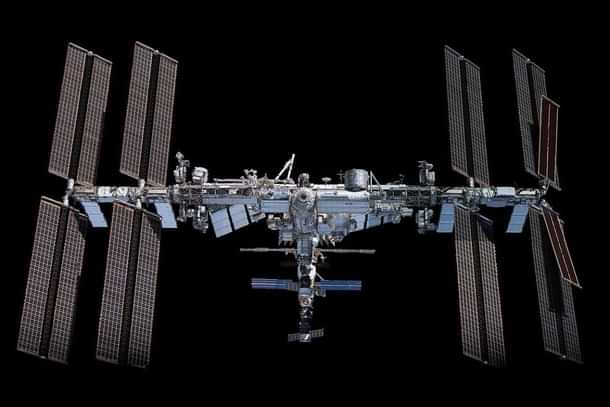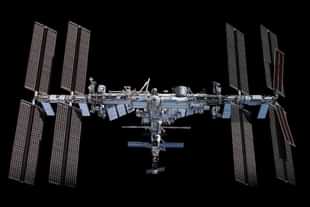Science
'Deorbit Vehicle' — NASA Calls On US Industry To Create International Space Station's Retirement Ride
Karan Kamble
Sep 23, 2023, 05:43 PM | Updated 05:44 PM IST
Save & read from anywhere!
Bookmark stories for easy access on any device or the Swarajya app.


The National Aeronautics and Space Administration (NASA) is seeking proposals from the United States (US) industry for the development of the US Deorbit Vehicle (USDV).
The USDV will be the spacecraft responsible for safely deorbiting the International Space Station when it reaches the end of its operational life.
NASA's request for proposal aims to facilitate the retirement process of the space station.
The International Space Station has been jointly operated by five space agencies since 1998: the Canadian Space Agency, the European Space Agency (ESA), the Japan Aerospace Exploration Agency (JAXA), NASA, and the State Space Corporation 'Roscosmos'.
The space station took 10 years and more than 30 missions to assemble.
It was then launched up in low-Earth orbit in installments. The first piece went up on a Russian rocket in 1998. Further parts continued to be added to the station until it was finished in 2011.
However, the space station had become ready to receive astronauts only two years after its first launch in 1998. The first crew, therefore, arrived on 2 November 2000.
Since then, the orbital outpost has hosted more than 3,000 research investigations from over 4,200 researchers across the world. The year 2020 marked a significant personal milestone for the space station after having hosted 20 years of continuous human presence.
Activities on board have helped us learn how humans can safely live in microgravity, develop a better understanding of planet Earth, mark advancements in medicine, test technologies in order to explore further out in space, and stimulate an emerging low-Earth orbit economy.
After having served the planet for over two decades, the space station was looking at a 2024 wind-down with a possible extension time frame of four years. However, it will be kept in orbit until much later.
The US, Japan, Canada, and the participating countries of the ESA have committed to operating the station until at least 2030, and Russia until 2028.
When the International Space Station program concludes, the station will be intentionally deorbited in a controlled manner to avoid populated areas.
NASA and its partners have conducted extensive research on deorbit requirements. They previously formulated a preliminary strategy and action plan to assess the use of multiple Roscosmos Progress spacecraft for deorbit operations.
However, it has now been determined that a new spacecraft solution would offer more robust capabilities for responsible deorbit.
In order to begin the development of this new spacecraft, NASA released the request for proposal on 20 September.
The focus of the USDV is on the final deorbit activity. It will either involve the creation of a new spacecraft design or the modification of an existing spacecraft.
This spacecraft must be fully functional on its first flight and possess adequate redundancy and anomaly recovery capabilities to successfully carry out the critical deorbit burn.
As is the case with any development effort of this magnitude, the USDV will require several years for development, testing, and certification.
Looking ahead, the US plans to transition its operations in low-Earth orbit to commercially-owned and -operated platforms.
Karan Kamble writes on science and technology. He occasionally wears the hat of a video anchor for Swarajya's online video programmes.





